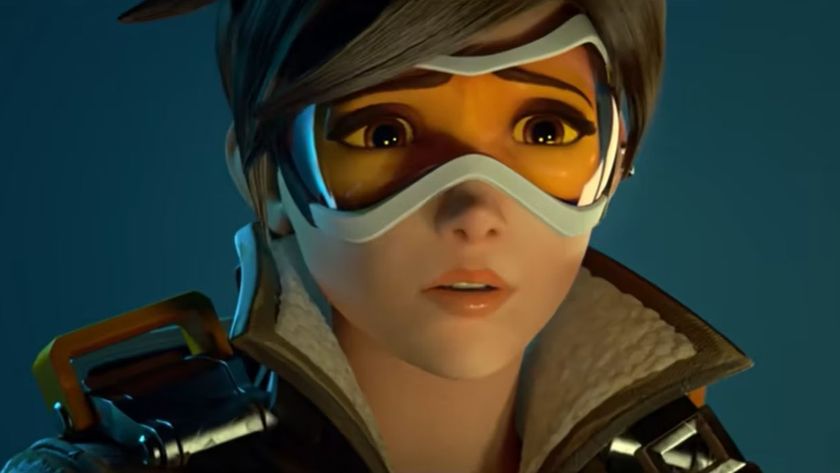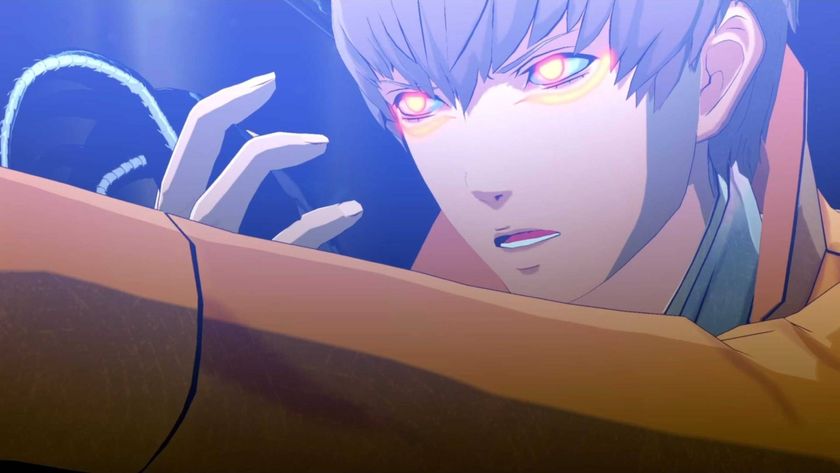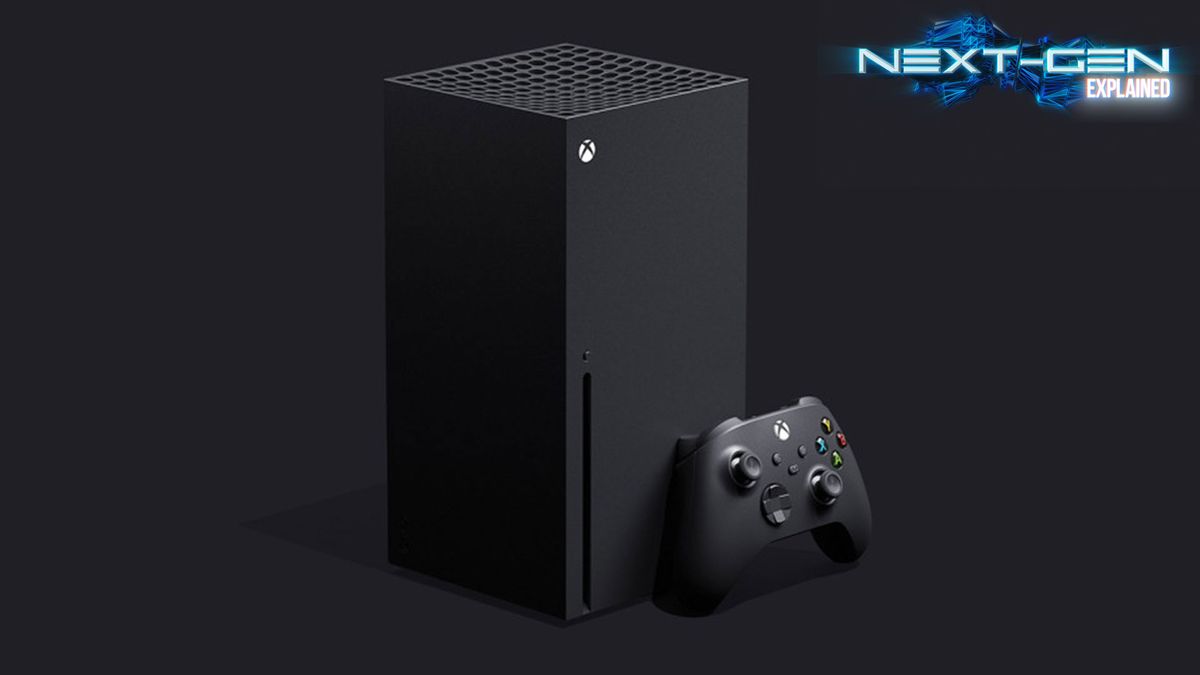
We might have to wait until 'Holiday 2020' for the next-generation of consoles - aka the PS5 and the Xbox Series X - but the next generation of consoles are on their way and we are starting to get a much better picture of what the successors to the Xbox One and PS4 are going to be capable of, including seemingly impenetrable jargon like variable-rate shading (VRS).
So what is variable-rate shading and what does that mean in terms of what we can expect from Microsoft’s next console? We break down the ins and outs of VRS and how it could make the Series X the more superior next gen console.
It’s all about performance with variable rate shading

We know for sure that from the details that both Microsoft and Sony have shared so far, both are promising a big generational leap in terms of how your games are going to play out on their respective consoles.
With regards to variable rate shading, this is about giving developers making any upcoming Xbox Series X games another tool to enable those games to be a big visual leap from the current gen in a way that uses the console’s components in a much more efficient way.
So what is variable rate shading exactly? In its simplest form it’s a way in which developers will be able to have greater control over the rendering of the individual pixels that make up an image. It will allow them to focus on more important elements of that high resolution image, which as Spencer explained, “can lead to more stable frame rates and higher resolution without with no impact on the final image quality”.
Essentially, this is about making games look and run better without putting great demands on the console’s GPU – aka the graphics card – to make that happen. “Rather than spending GPU cycles uniformly to every single pixel on the screen, [developers] can prioritize individual effects on specific game characters or important environmental objects”, added Spencer.
It’s something that has been increasingly important in the VR development realms where there’s an increased emphasis and need on delivering optimal image quality for what your eyes are fixed on when you have that headset on.
Sign up to the 12DOVE Newsletter
Weekly digests, tales from the communities you love, and more
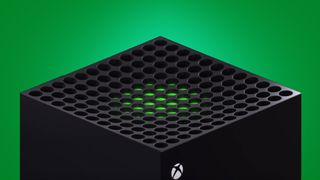
When Microsoft added VRS as a feature for its DirectX 12 software, which is centred around image rendering, it explained in a blog post what variable rate shading means for games developers that decide to take advantage of it:
“For each pixel in a screen, shaders are called to calculate the color this pixel should be. Shading rate refers to the resolution at which these shaders are called (which is different from the overall screen resolution). A higher shading rate means more visual fidelity, but more GPU cost; a lower shading rate means the opposite: lower visual fidelity that comes at a lower GPU cost.”
“Traditionally, when developers set a game’s shading rate, this shading rate is applied to all pixels in a frame.”
“There’s a problem with this: not all pixels are created equal.”
“VRS allows developers to selectively reduce the shading rate in areas of the frame where it won’t affect visual quality, letting them gain extra performance in their games. This is really exciting, because extra perf means increased framerates and lower-spec’d hardware being able to run better games than ever before.”

Xbox Series X vs PS5 - The next-gen battleground
Microsoft puts that technical speak into context as far as what that means for a game using the example of a first person shooter. It explains how the gamer is most likely to focus on the crosshairs as opposed to the far edges of the screen. This shading technique then allows developers to focus on the objects on the screen your eyes will be more focused on.
So what is unlocking the ability for Microsoft to promise games that could give it a visual edge over Sony’s console?
It’s all lies with other Xbox Series X specs details revealed by Spencer including the inclusion of a custom made processor to power performance that Microsoft says will offer 12 times the processing power of an Xbox One. Developers are also able to leverage 12 Teraflops of GPU. Its own patented VRS will be able to efficiently put that GPU to harder work on more complex elements of an image and less for those that are not so important.
It’s a tool that is already supported by Intel’s Ice Lake CPUs and Nvidia’s Turing GPU, which the component maker announced back in 2018, which you can find in some of the best gaming PC models.
The biggest benefits of variable rate shading
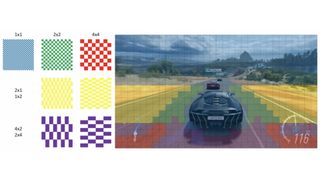
So we have an idea for what VRS means for developers making Xbox Series X games, but what does this mean for the person sitting on the sofa with that controller in their hand?
As we said, the goal is to make games look even prettier than they do on the current gen consoles. Something we’d expect to hear and see anyway. The biggest benefit should be improving the ability to play games at much higher resolution at more stable frame rates.
Microsoft has already revealed that the Xbox Series X will support 8K gaming with up to 120 frame rates per second. For those that don’t have an 8K screen propped up in their bedroom or games room, 4K will be supported at 60 frame rates per second.
VRS and offering that greater control over image rendering should lead to the development of games that are more fast paced. With the help of other Xbox Series X components and support, games that simulate quicker movement or motion should be able to run more stable and with minimal lag.
Getting the games studios signed up for variable rate shading
To make those smooth running, higher resolution games Microsoft needs developers to get on board by supporting VRS for their games. The good news is that there’s already a bunch of studios that have done that exact thing. Activision, Ubisoft, 343 Industries (Halo), Turn 10 Studios (Forza) and PlayGround Games (Forza Horizon) are among those that studios that have shown intentions to offer VRS support for its games and engines.
It’s already been confirmed that Halo Infinite and Watch Dogs Legion are among the games that are expected to land on the Xbox Series X. So there’s a strong chance that support for VRS has already been put to work on those games will be able to massively benefit from a development tool that’s all about making next gen games look and play better than ever before.
Want to know more about the next-gen consoles? Check out our articles below, or watch our breakdown of the Xbox Series X in 60 seconds above:
- Xbox Series X specs - What's under the hood?
- Xbox Series X price - How much will it cost?
- PS5 price – How will Sony's console compare?
- Xbox Series X backwards compatibility explained
- PS5 design - What will Sony's next console look like?

